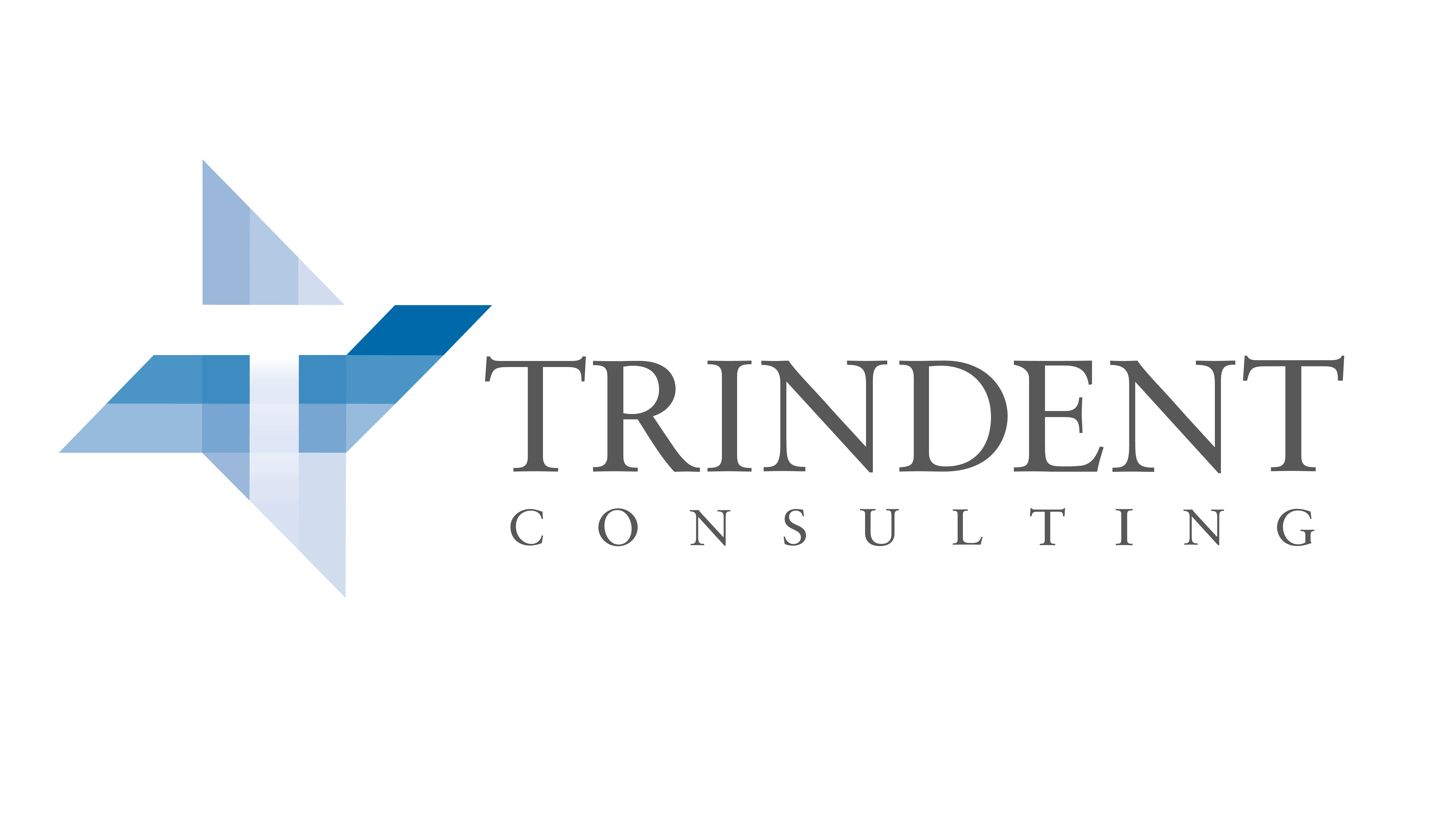Kai. Y. WAN, Trindent Consulting, Toronto, Canada
The oil and gas industry comprises some of the most complicated manufacturing processes, involving mining, transportation, refining, distribution and retail.
Refining operations require a deep understanding of various refining techniques, including distillation, cracking and hydrotreating, among others. Implementing advanced technologies and optimizing process efficiencies are crucial steps toward achieving higher yields and reducing operational costs.
Meanwhile, the refining industry is inherently susceptible to market fluctuations, including raw material cost volatility, demand fluctuation due to global events and competition from renewable energy. To succeed in this dynamic environment, refiners must adopt cost-efficient operations that allow for quick adjustments in production levels and product portfolios.
A critical step in this process, collaboration with upstream and downstream partners is essential for refining success. Establishing robust relationships with crude suppliers, transportation providers and distributors enables smoother operations and increased negotiating power. Additionally, supply chain optimization principles, including efficient logistics and inventory management, can lead to reduced costs and improve overall profitability.
Part 1 of this article will outline a series of opportunities that oil and gas operators can consider immediately without the need for any capital expenditures (CAPEX) or software upgrades. These opportunities typically bring in strong cash flow performance within months and can improve gross margins significantly within a brief period of time.
CRUDE SELECTION: ENHANCING QUALITY MONITORING AND OPTIMIZING VALUE
Crude assay quality. Characteristics such as API gravity, sulfur content, distillation characteristics, Reid vapor pressure (RVP), total acid number (TAN), metal content, viscosity, asphaltene and resin content, pour point and cloud point all play pivotal roles in determining how a crude integrates within a refinery.
As crude oils traverse pipelines, their characteristics may undergo alterations. Consequently, comprehensive analyses at both the wellhead and refinery gate are essential. The information gathered serves as critical input for refinery operations, ensuring that refining units are optimally tuned to handle the specific qualities of the incoming crude.
Refineries that prioritize accurate crude assay quality assessments at both ends of the transportation journey can potentially gain tens of cents per barrel. These gains reflect enhanced operational efficiency and the prevention of potential processing challenges and equipment issues.
For example, a U.S. refinery situated at the end of the pipeline observed consistent crude assay performance at the refinery gate despite purchasing different types of crudes. The long distance between the injection point and the receiving point, coupled with breakout tankage on the route, allowed the crude flowing through the pipeline to mix. The refinery successfully adapted its strategy by using advanced data analytics to discount the impact of purchased crude at the injection point, enabling it to focus more on the real-time price optimization of the raw materials.
Without the proper crude assay analysis at the gate, a small refinery located near the U.S. Gulf Coast observed significant inconsistency in its linear programming (LP) model prediction when compared against the actual refinery yield profile. This was especially evident for its fluid catalytic cracker unit (FCCU). After a thorough investigation, it was observed that the crude purchased had changed its characteristics significantly during transportation and tank storage phases across the U.S. pipeline system. Using the crude assay profile information collected at the wellhead resulted in overestimating the distillation and sulfur content for the actual crude received at the refinery, which led to an inaccurate LP prediction of the chemical process. By adapting to a refinery gate crude assay program, this refiner was able to quickly adjust the crude assay input into the LP and create a more optimized plan for operation.
Crude sensitivity analysis. A key tool in achieving optimal raw material cost control is the crude sensitivity analysis, commonly known as the crude curve. The crude curve provides a detailed breakdown of the sensitivity of various crudes to changes in market prices. This practice guides supply chain teams, driving the process for how to strategically switch crude types in response to changing market dynamics and ultimately preventing costly procurement oversight. The crude curve helps crude planners to understand how different grades of crude value to the asset respond to shifts in price, allowing for precise decision-making in the procurement process.
This tactical approach has the potential to generate significant savings in the range of cents per barrel. Armed with the insights from the crude curve, supply chain teams are equipped to make informed decisions in real time. This includes determining the optimal mix of crude oils to refine, considering price differentials, availability and processing capabilities. By aligning procurement strategies with the ever-fluctuating market, refiners can seize opportunities and mitigate risks.
For example, FIG. 1 shows a simple type of crude sensitivity analysis for a refinery. Per the scenario illustrated, the crude planner can decide to switch crude purchases between Type A and Type B based on the current market price.

FIG. 1. Example of a simple crude sensitivity analysis.
Usually, the crude procurement plan for each refining asset is announced before the trading cycle. If this plan is not adjusted in real time—frequently applying market price fluctuations—market dynamics may put the original crude procurement plan at a disadvantage. By simultaneously conducting the crude sensitivity analysis when the crude procurement plan is published, crude planning teams can use a data-driven approach to respond to market price changes and optimize the cost structure of the refinery in real time during the trading cycle.
Without this tool, refiners may inadvertently lock in contracts for crude oil purchases that become uneconomical due to unexpected market shifts. The crude curve acts as a safeguard, providing a clear roadmap for adjusting procurement strategies to align with prevailing market conditions.
Working capital integration with planning. Not all crude source contracts are created equally. They vary in payment terms, credit provisions and contractual obligations. Refiners that take the time to scrutinize these contracts and align them to their operational realities can make precise decisions for when and how to allocate capital. This strategic approach ensures that financial resources are deployed efficiently, minimizing idle capital and maximizing returns.

FIG. 2. Working capital consideration during crude selection.
As illustrated in FIG. 2, a refinery with access to maritime crude delivery is presented with two different crude options. Option A may be a relatively cheaper option, but this crude would take about 30 d to be delivered to the refinery. Option B may be a relatively more expensive option but, due to its close proximity, the raw material can be delivered to the refinery within 3 d after an order is placed. Both suppliers have agreed to a Net 30 payment term, and the refinery has an average of Net 7 payment terms on refined products for all of its customers. The average crude on-hand time can be estimated at about 4 d before the crude is processed at the refinery. When comparing the two possibilities, Option A presents the refinery with a maximum financial exposure at the crude price per barrel. In contrast, Option B, due to its close proximity, offers the refinery a zero financial exposure as the payment of the refined product typically occurs before the due date for the crude purchase. An internal cost of capital of 10% means a price difference of $0.91/bbl may render no difference for both crudes, assuming an equal product value of $111/bbl. A simplified calculation to explain this concept is shown in
TABLE 1—the actual operation of factoring working capital during crude selection is much more complicated.

The financial impact of a refiner’s ability to be highly adept at working capital management is substantial. Refiners that fine-tune their capital allocation strategies based on varying crude source contracts can realize gains in the range of cents per barrel. Over time, these seemingly incremental gains accumulate into significant boosts to the bottom line.
PLANNING AND FORECASTING: STRATEGIC POSITIONING FOR SUCCESS.
Unconstrained LP analysis. Refiners should consistently evaluate sales constraints in their models for high-value products. Marketing efforts aimed at promoting and prioritizing the high-value products can yield substantial returns for refineries. One potential profit-driving opportunity is the distribution between premium gasoline vs. regular gasoline and jet vs. diesel, for example. It is worth noting that marketing initiatives should align seamlessly with the refinery’s operational capabilities and market demands.
This initiative can typically be identified when performing sensitivity analysis compared to the base LP case by opening product demand constraints one-by-one, and eventually removing all of them. This will enable the LP to fine-tune operational parameters, such as crude slate, processing capacities, product yields and production schedules. Such an analysis will define the business development direction to debottleneck current demand constraints, allowing the company to increase production throughput, as well as increase the ratio of the higher value product.
A case study completed for an integrated energy company by the author’s company indicated that this operator could focus on securing a contract to sell jet fuel to a nearby major airport. This carried a potential financial benefit of > $1/bbl. Note: The final opportunity was reduced by logistic costs and CAPEX.
The fiscal impact of this strategic marketing initiative is substantial. Refiners that prioritize high-value products can realize returns ranging from tens of cents to dollars per barrel. These gains, when extrapolated over time, translate into significant enhancements to the refinery’s bottom line.
Unit constraint optimization. Unit constraints dictate the operational limits of various refining processes. Regularly assessing and potentially challenging these constraints are essential practices, opening the door to uncovering inefficiencies, streamlining operations and ultimately boosting profitability.
For instance, the author’s company completed a case study for a refinery demonstrating that revising one unit constraint would subsequently generate a financial benefit of $0.10/bbl. Without regularly reviewing the unit constraints and performing the required LP optimization study, it is difficult for a refiner to prioritize among different opportunities and focus on the high profit drivers.
The financial impact of this strategic practice is substantial. Refineries that diligently assess and challenge unit constraints can potentially gain in the range of tens of cents per barrel.
PEOPLE: HIGH-PERFORMING TEAMS WITH CLEAR ROLES ANDRESPONSIBILITIES.
While the preceding sections have focused heavily on the technical aspects for how oil and gas operators can yield significant financial benefits without substantial capital investment, an often-underestimated factor is the human element in these processes. A high-performing team with clearly delegated authority and responsibilities is integral to a robust continuous improvement process. A few high-level concepts are discussed below.
Throughout engagements with clients, the author’s company has frequently encountered undefined roles and responsibilities for cross-functional areas like planning or blending, resulting in internal friction and rework. While opportunities can be overlooked without clear ownership, well-established accountability tends to drive individuals to claim ownership of their processes and enhance the performance of their designated areas.
An area where inefficiencies commonly arise is in the effectiveness of management meetings. The purpose of these meetings should be well-defined in advance, action items must be documented and regularly followed to support holding key stakeholders engaged and accountable for sustainable change.
Meetings have been observed that cover the “what/where/when” but neglect addressing the “how/why” questions, hindering continuous learning, skill development and improvement.
Takeaway. In a rapidly evolving industry landscape, the implementation of the above-mentioned refining strategies can significantly enhance refinery profitability and position them for sustained growth. By leveraging these opportunities, refiners can navigate market challenges, adapt to changing conditions and secure their position as industry leaders in the ever-evolving world of crude oil refining.

KAI Y. WAN is an Associate Principal at Trindent Consulting. Dr. Wan has collaborated closely with multiple business partners in the energy sector across North America and Asia-Pacific, including some of the world’s largest refineries, and has delivered > $300 MM in financial improvements, with typical project ROIs at 500%–1,500% during the first year after implementation.

